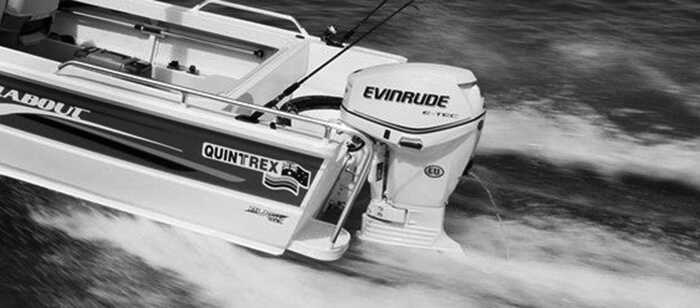
Powerhead - Cylinder Block Cleaning

Sealant from the cylinder block, crankcase, cylinder head, and water cover.
IMPORTANT: Before inspecting or assembling powerhead, all internal components must be completely clean and free of contaminants. Be careful to avoid damaging any machined surfaces. To avoid personal injury, wear eye protection and rubber gloves when using Gel Seal and Gasket Remover.
- Remove any carbon accumulation from exhaust port areas.
- Remove any carbon accumulation from cylinder head combustion chambers.
- If cylinder walls are glazed from extended use, use a rigid, medium grit cylinder hone to resurface walls. Use slow RPM for best oil retention and ring sealing. When finished, a cross hatch pattern of 22 to 32 should be visible in the cylinder wall. The pattern should be uniform in both directions.
IMPORTANT: To avoid piston or cylinder block damage, restore the chamfer to all port edges using a ball hone or other suitable tool.
Carefully remove any carbon accumulation from the tops and ring grooves of the piston using Engine Tuner. A ring groove cleaning tool can be made by breaking an old ring and grinding an angle on its end. Do not damage ring grooves while cleaning.
Thoroughly wash entire cylinder block and crankcase with warm, soapy water to remove all traces of contaminants. Air dry cylinder block and crankcase. Blow all holes and passageways with compressed air.
- Crosshatch pattern in cylinder wall
- Chamfered port edge
Use Gel Seal and Gasket Remover to remove all traces of gaskets, adhesives, and Gel-Seal II. To avoid personal injury, wear eye protection and set compressed air pressure at less than 25 psi.
Cover the cylinder walls with a liberal amount of outboard lubricant to prevent corrosion.






